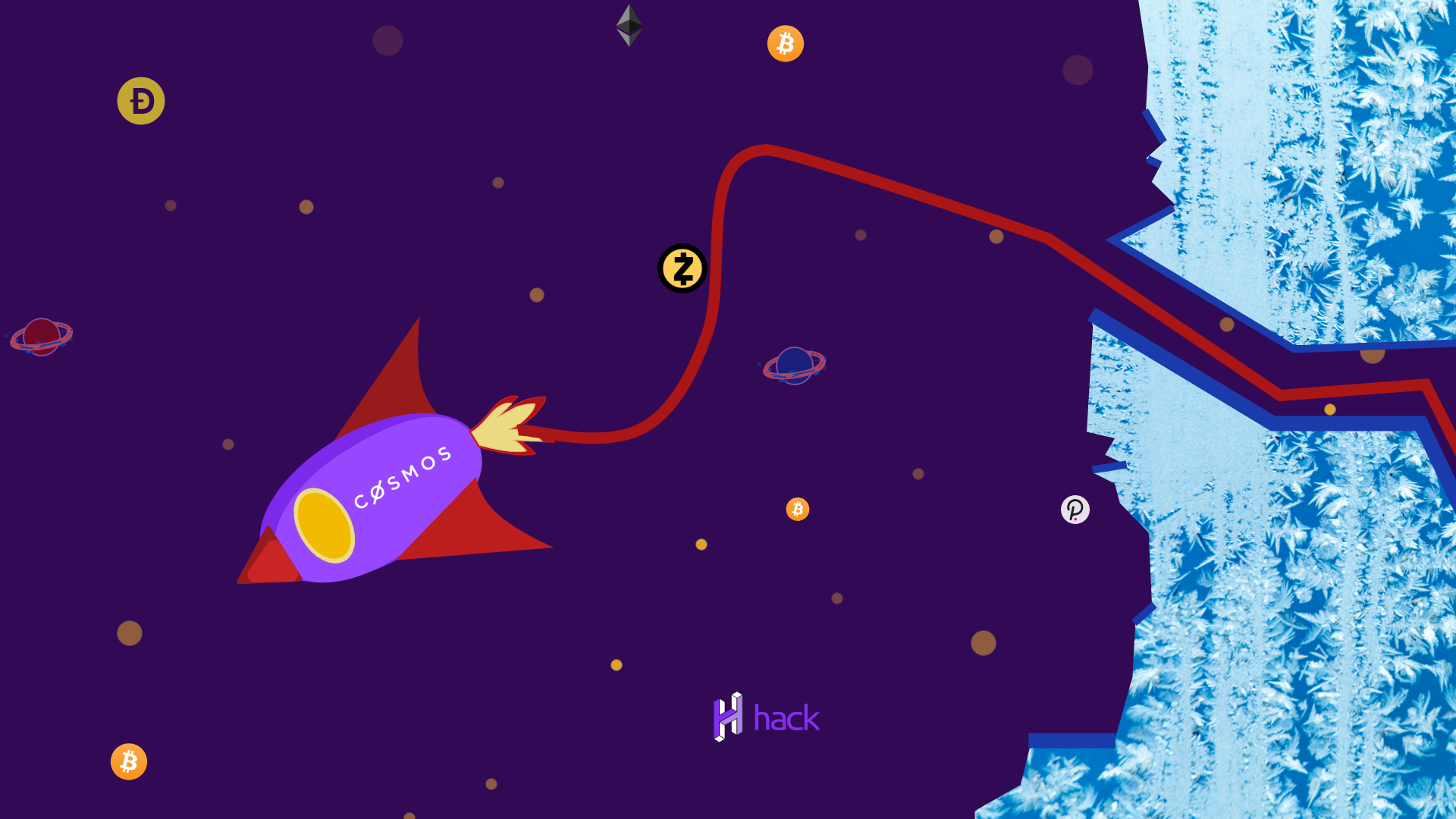We are living in an interconnected world, driven by growth-oriented markets and constantly transforming businesses. Blockchain technology has the potential to bring the game to the next level, check out our articles on blockchain to understand how.
Nevertheless, Proof-of-Work consensus-based blockchains bring some limitations to the table:
- Scalability – Growing transaction fees, increased block mining time, etc.
- Usability – Developers are limited to a few programming languages.
- Sovereignty – All applications share the same environment. In order to introduce new features or fix issues or flaws in an application it would require a permission from the governance of the respective blockchain platform.
Here comes the Cosmos network to our aid.
Cosmos is a next-generation network of blockchains able to communicate with one another. The communication is possible through a set of open-source tools such as Tendermint, Cosmos SDK, and IBC.
Tendermint is a Byzantine-Fault Tolerance based solution that encloses networking and consensus layers of a blockchain to enable developers to focus on the application layer. Its features include:
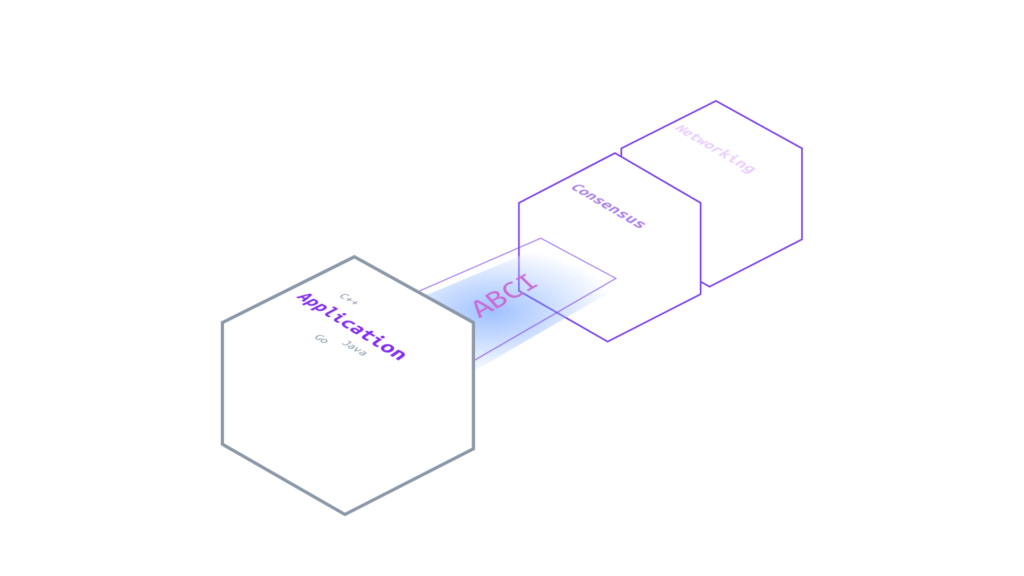
- Provides up to 1/3 validator machines failing arbitrarily.
- Language Agnostic: connects to the application layer of the blockchain by a socket protocol called ABCI
- Fast Finality: a transaction is completed once it’s included in a block
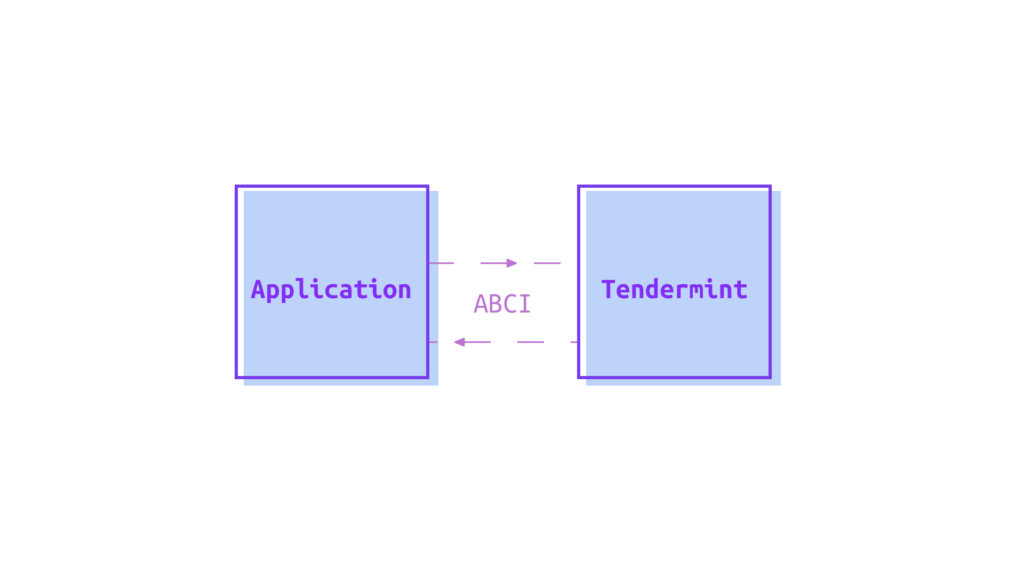
Cosmos SDK allows developers to build a secure blockchain on top of Tendermint. Core principles:
- Modularity: enables the creation of modules that adapt a chosen blockchain for the custom user needs.
- Security: each module encapsulates its functionality and governs the communication with other modules.

Inter-Blockchain Communication protocol enables the communication between blockchains. By utilizing the instant finality of Tendermint consensus it connects heterogeneous chains together. POW chains are not part of this category because they have probabilistic-finality.
IBC provides sovereignty by setting validators for different blockchains that have to approve new consequent blocks on the chain.
Cosmos makes use of star-based modular architecture which has two kinds of blockchains – Hubs and Zones. Hubs connect Zones together. Every Zone can be accessed from others through a Hub. Thus the number of connections is optimised to a minimum in order to establish communication.
Hubs use the native token of Cosmos (ATOM) to allocate resources from one Zone to another.
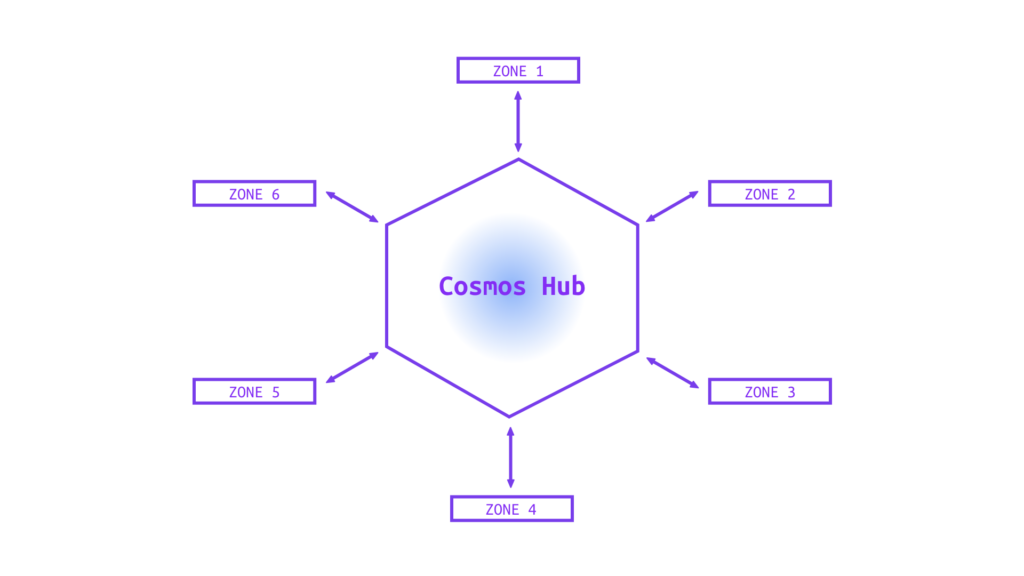
Communication between probabilistic-finality chains is handled by so called Peg-Zone blockchains. It monitors the state of another blockchain to establish a finality for transactions of the blockchain it bridges.
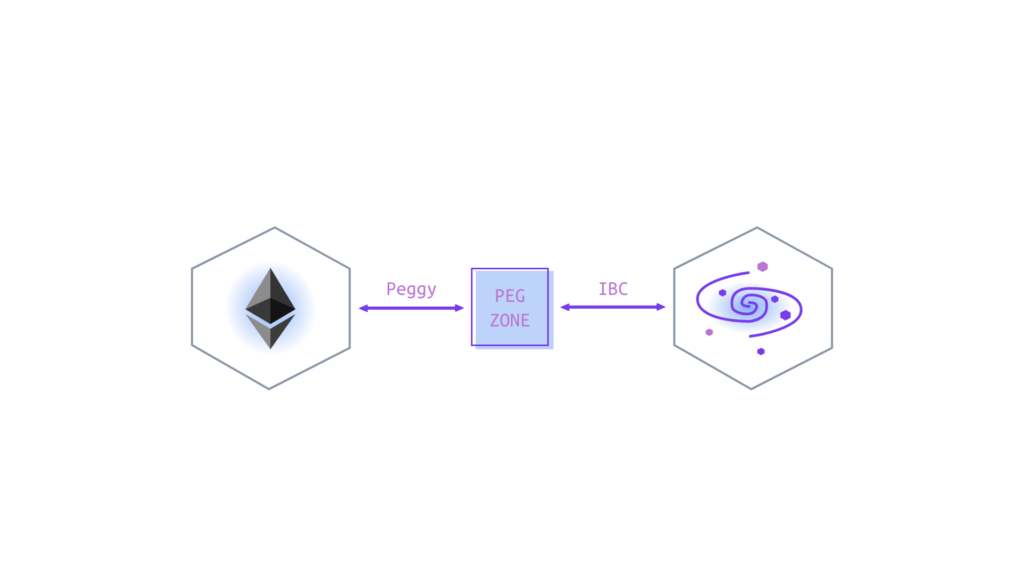
Cosmos provides Vertical and Horizontal scalability.
Vertical scalability is achieved through its consensus mechanism Tendermint BFT which could handle up to thousands of transactions per second.
Horizontal scalability – multiple parallel chains running the same application and verified by a common validator set. In theory creates infinite scalability.
Resolving the aforementioned limitations of the existing blockchain networks enables more space for creative ideas and trust. Being able to focus on specific problems without being limited or blocked by the underlying environment multiplies the efficiency and accelerates the growth of the technical domain.
Cosmos breaks the ice between blockchains and gives a new push for the collaboration between different ecosystems. Businesses depending on a specific blockchain network are set for a ride on the rocket of sky-high growth and limitless more creative ideas for DeFi applications. Be part of the next stage of evolution for blockchain go ahead, deep dive into Cosmos network and explore the world of possibilities!
